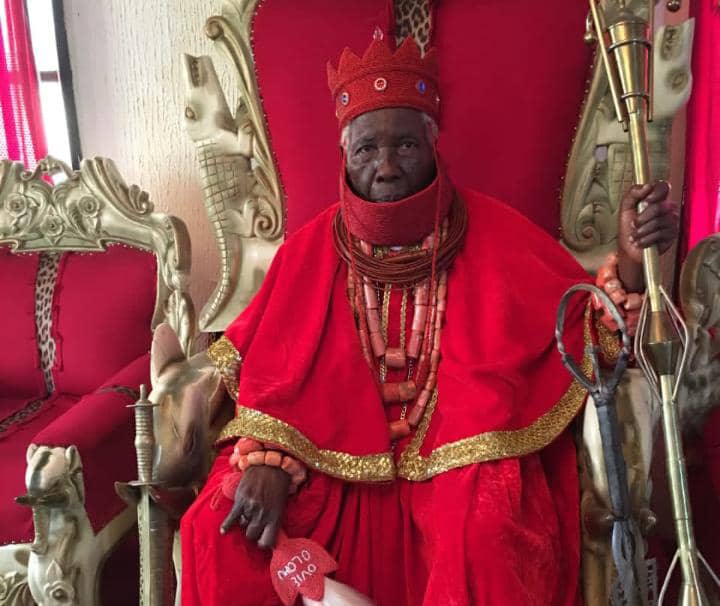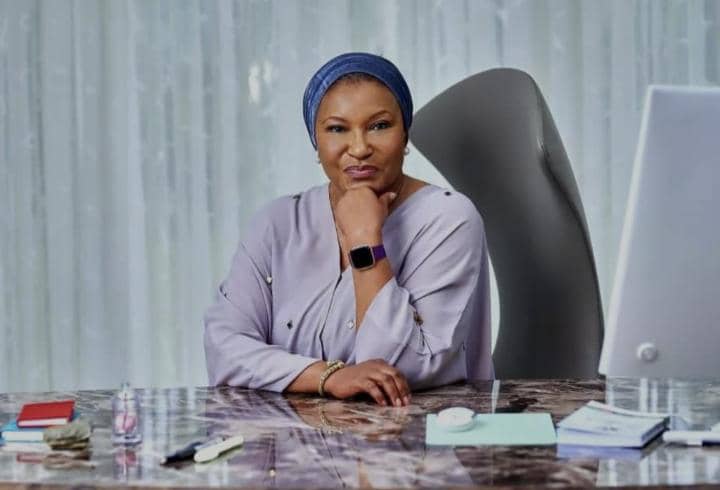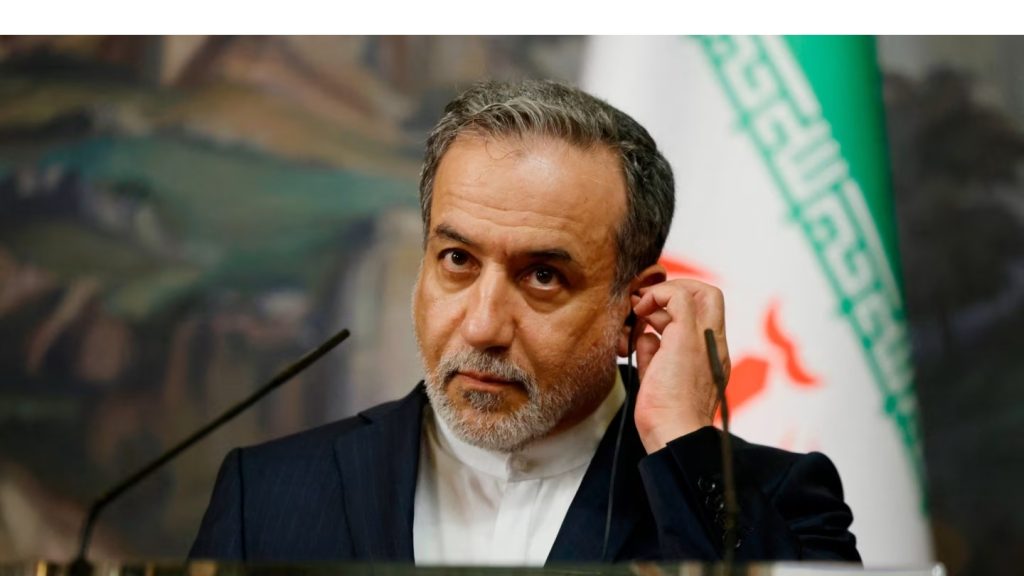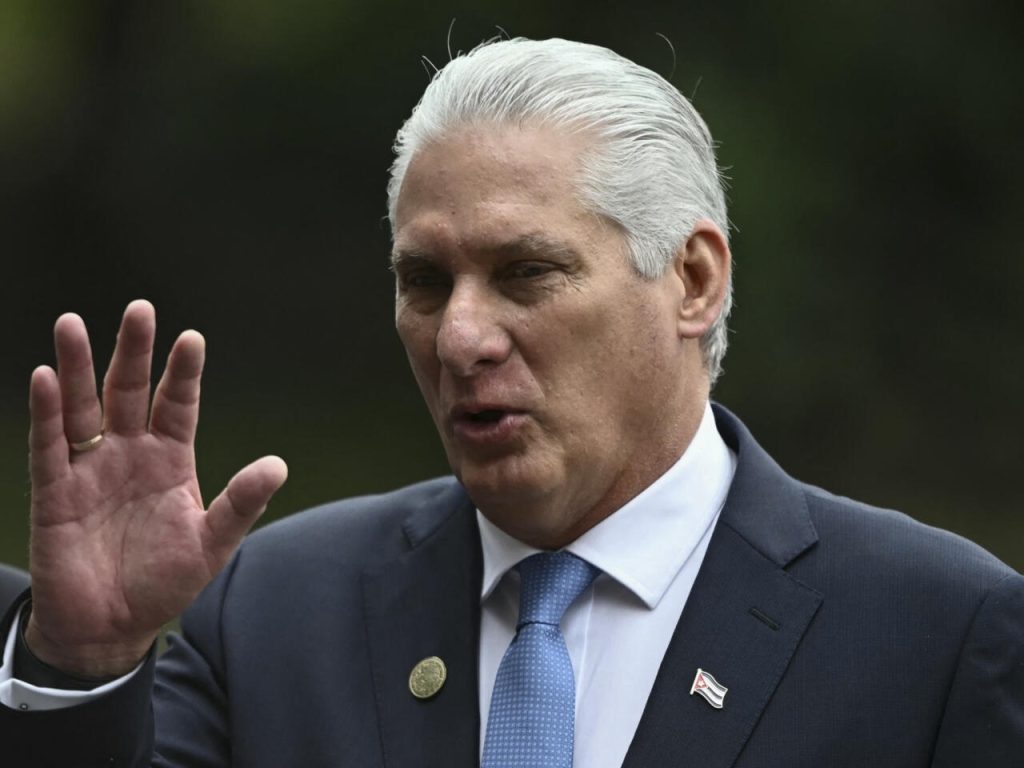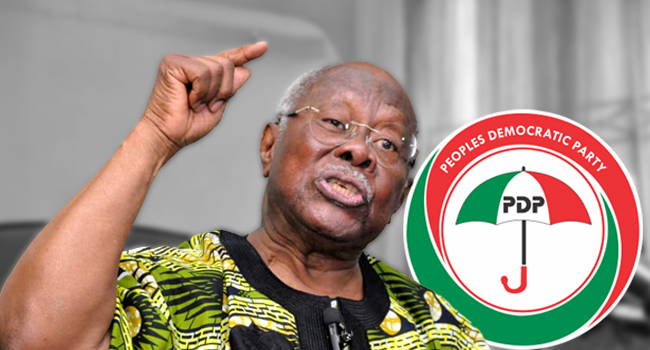News
Naim Qassem: Hezbollah declares new leader
The Lebanese political and militant organization, Hezbollah, has formally declared the appointment of Naim Qassem as its new leader, succeeding Hassan Nasrallah.
Naim Qassem replaced Hassan Nasrallah as the leader of Hezbollah, following his assassination in an Israeli airstrike in Beirut on September 27, 2024.
He is among the few surviving senior leaders of Hezbollah, following a series of targeted attacks by Israel that significantly diminished the group’s leadership.
The recent appointment of Naim as the leader of Hezbollah comes as the conflict in Lebanon has escalated significantly in recent weeks.
“The surge in violence is part of broader regional tensions between Israel and Iran, with Lebanon caught in the crossfire,” BBC stated.
Naim Qassem has been a prominent figure in Hezbollah for over three decades, serving as the group’s deputy secretary general and becoming one of its most recognizable faces.
Hezbollah announced that Naim Qassem was elected leader through a formal vote by the Shura Council, adhering to the organization’s established protocols.
The group in an official statement, described Qassem’s promotion as “the bearer of the blessed banner in this march.”
The statement also honored the late Nasrallah and others killed in the targeted attacks by Israel.
“Hezbollah’s leadership transition took an unexpected turn when cleric Hashem Safieddine, the anticipated successor, was revealed to have been killed in an Israeli airstrike nearly three weeks prior to the announcement on October 22, BBC reported.”
Know about Hezbollah
Hezbollah is a Lebanese political party and militant group that emerged during Lebanon’s civil war in 1982.
The name “Hezbollah” translates to “Party of God” in Arabic. It was founded by a group of Shi’i clerics.
Its primary goal was to drive Israel out of Lebanon and establish an Islamic republic.
Origins and Ideology
Hezbollah’s creation was influenced by the Islamic Revolution in Iran in 1979 and the Israeli invasion of Lebanon in 1982.
The group’s initial ideology aimed to establish an Islamic state in Lebanon, but it later shifted towards a more democratic and nationalist stance.
Conflict with Israel
Hezbollah has been involved in various conflicts with Israel, including the 2006 Lebanon War, which resulted in the deaths of over 1,000 Lebanese and the displacement of around 1 million people.
The late group’s leader, Hassan Nasrallah, gained popularity after fighting Israeli forces to a standstill.
Political Involvement
Hezbollah has become a significant player in Lebanese politics, with its members holding seats in the parliament.
The group has formed alliances with other parties and has been part of the Lebanese government.
Relationship with Iran
Hezbollah has close ties with Iran, which provides the group with financial and military support.
The alliance is part of the Iran-led Axis of Resistance, opposing Western and Israeli influence in the region.
Recent Developments
In 2024, Hezbollah’s leader Hassan Nasrallah was assassinated by Israel, leading to a significant escalation of tensions between the two sides.
Naim Qassem has since taken over as the group’s leader.
Structure and Organization
The Shura Council, under Hezbollah’s leadership council, makes key decisions.
The group has various departments, including military, political, and social affairs. Its military wing is estimated to have 20,000-50,000 fighters.
Financial Support
Iran provides significant financial support, estimated at $600-800 million annually.
Also, Hezbollah also generates revenue through business interests, donations, and extortion.
Regional Involvement
The militant group has fought alongside the Syrian government in the Syrian Civil War. It has also been involved in conflicts in Yemen and Iraq.
Terrorism Designation
The Lebanese political party is designated as a terrorist organization by the US, EU, Canada, and other countries.
Some countries like Russia and China do not consider Hezbollah a terrorist group.
Social Services
The group provides social services including healthcare, education, and infrastructure development, to Shia communities in Lebanon.
Media and Propaganda
Hezbollah operates its own TV station, Al-Manar, and radio station, Al-Nour. The group uses social media and other platforms to disseminate its ideology and propaganda.
Key Figures
The key figures of Hezbollah include Naim Qassem (current leader), Hassan Nasrallah (former leader, assassinated in 2024), Imad Mughniyah (former military commander, assassinated in 2008), and Mustafa Badreddine (former military commander, assassinated in 2016).
International Relations
The militant group has close ties with Iran, Syria, and other Axis of Resistance members.
The group has also established relationships with other militant groups, such as Hamas and Palestinian Islamic Jihad.
For Diaspora Digital Media Updates click on Whatsapp, or Telegram. For eyewitness accounts/ reports/ articles, write to: citizenreports@diasporadigitalmedia.com. Follow us on X (Fomerly Twitter) or Facebook



